
Bumper Front Comparison Analysis Unveiling Performance and Durability Differences
In the realm of automotive safety and design, the bumper front serves as a critical component that influences both performance and durability. Recent industry reports highlight that advanced bumper designs can reduce impact forces by up to 30%, significantly mitigating damage during collisions (Automotive Safety Association, 2023). With consumer demand for high-performing vehicles on the rise, understanding the nuances of bumper front construction is more essential than ever.
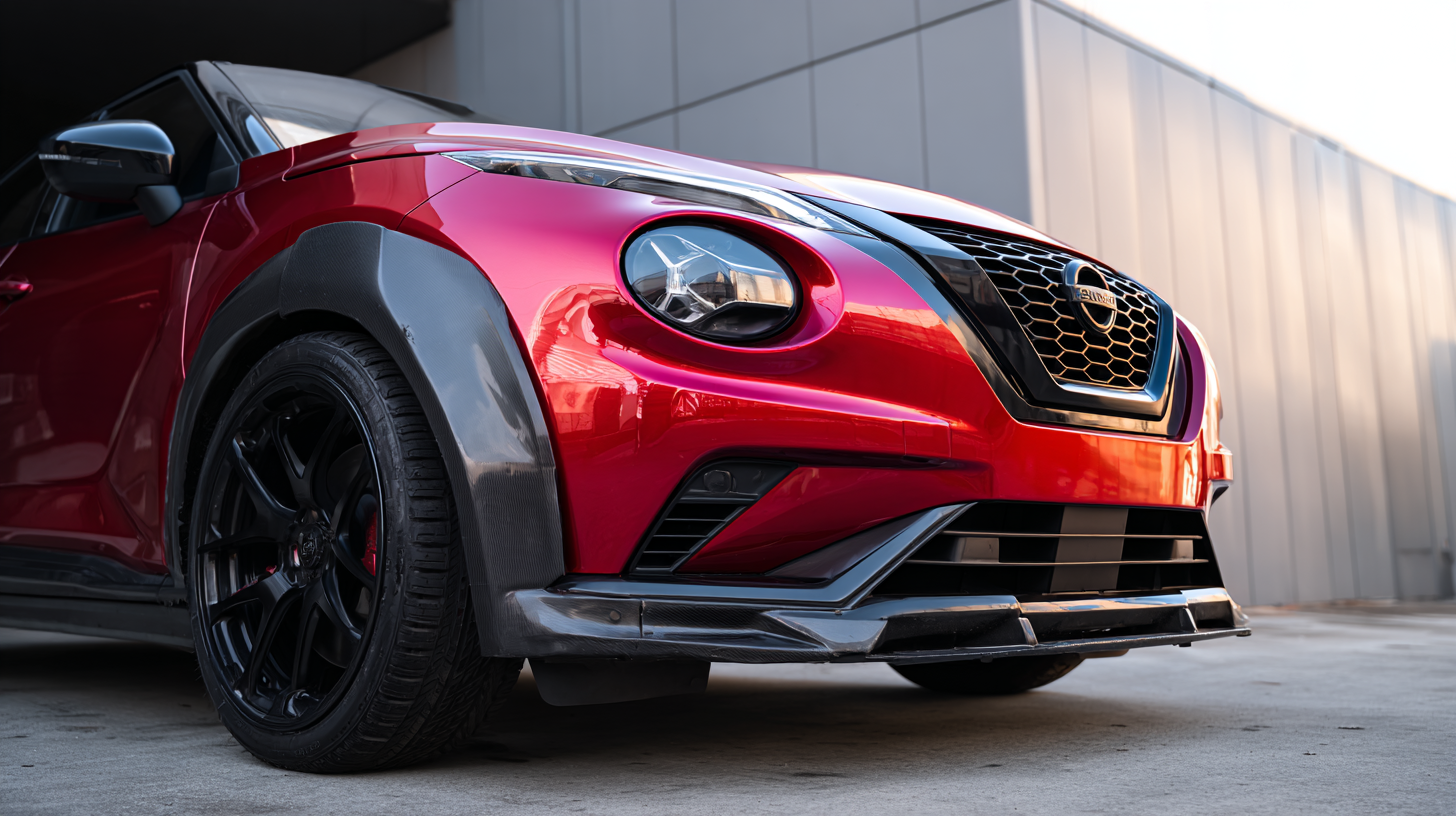
This analysis delves into various bumper front types, examining how materials and designs affect overall vehicle resilience and effectiveness during impact scenarios. By comparing leading products in the market, this blog aims to unveil critical differences that can inform purchasing decisions and enhance safety standards in the automotive industry.
Bumper Design Innovations: The Evolution of Performance Metrics in Automotive Engineering
The landscape of automotive engineering is undergoing a significant transformation with the advent of innovative bumper designs, driven by the integration of additive manufacturing (AM) of polymer-based composites. This technology has opened new avenues for enhancing performance metrics that were once deemed unattainable. With the ability to create complex geometries and lightweight structures, AM enables manufacturers to develop bumpers that not only offer superior impact resistance but also contribute to overall vehicle efficiency.
As the automotive industry embraces these advancements, the emphasis on durability and performance has never been more pronounced. The evolution of bumper design is a direct response to the increasing demand for vehicles that prioritize both aesthetic appeal and functional resilience. Engineers are now able to tailor bumpers to specific safety standards while leveraging the unique properties of polymer composites to withstand diverse environmental challenges. This results in a harmonious blend of strength, weight reduction, and integration of smart technology in bumper systems, showcasing a remarkable shift in automotive engineering principles.
Evaluating Material Strength: How Different Compositions Affect Bumper Durability
When it comes to automotive bumpers, the choice of materials plays a critical role in determining performance and durability. Recent advancements in polymeric matrix composites (PMCs) and nanocomposites have opened new avenues for enhancing bumper designs. Utilizing high-strength glass fibers as reinforcements has emerged as a promising solution for increasing impact resistance and overall robustness while maintaining a lightweight structure. This innovation not only improves safety but also contributes to fuel efficiency by reducing vehicle weight.
Tips: Consider the specific applications of different fiber types in bumper construction. For instance, continuous unidirectional fibers may offer superior tensile strength, making them ideal for areas that experience high stress. Additionally, exploring the use of bio-inspired metamaterials can yield designs that enhance energy absorption during impacts, further improving passenger protection and vehicle integrity.
Incorporating these advanced materials into bumper manufacturing processes requires an understanding of additive manufacturing techniques. Optimizing the fabrication methods not only enhances material strength but also allows greater design flexibility. By focusing on material composition and innovative manufacturing approaches, automotive engineers can significantly boost the durability and performance of bumpers, leading to safer and more efficient vehicles on the road.
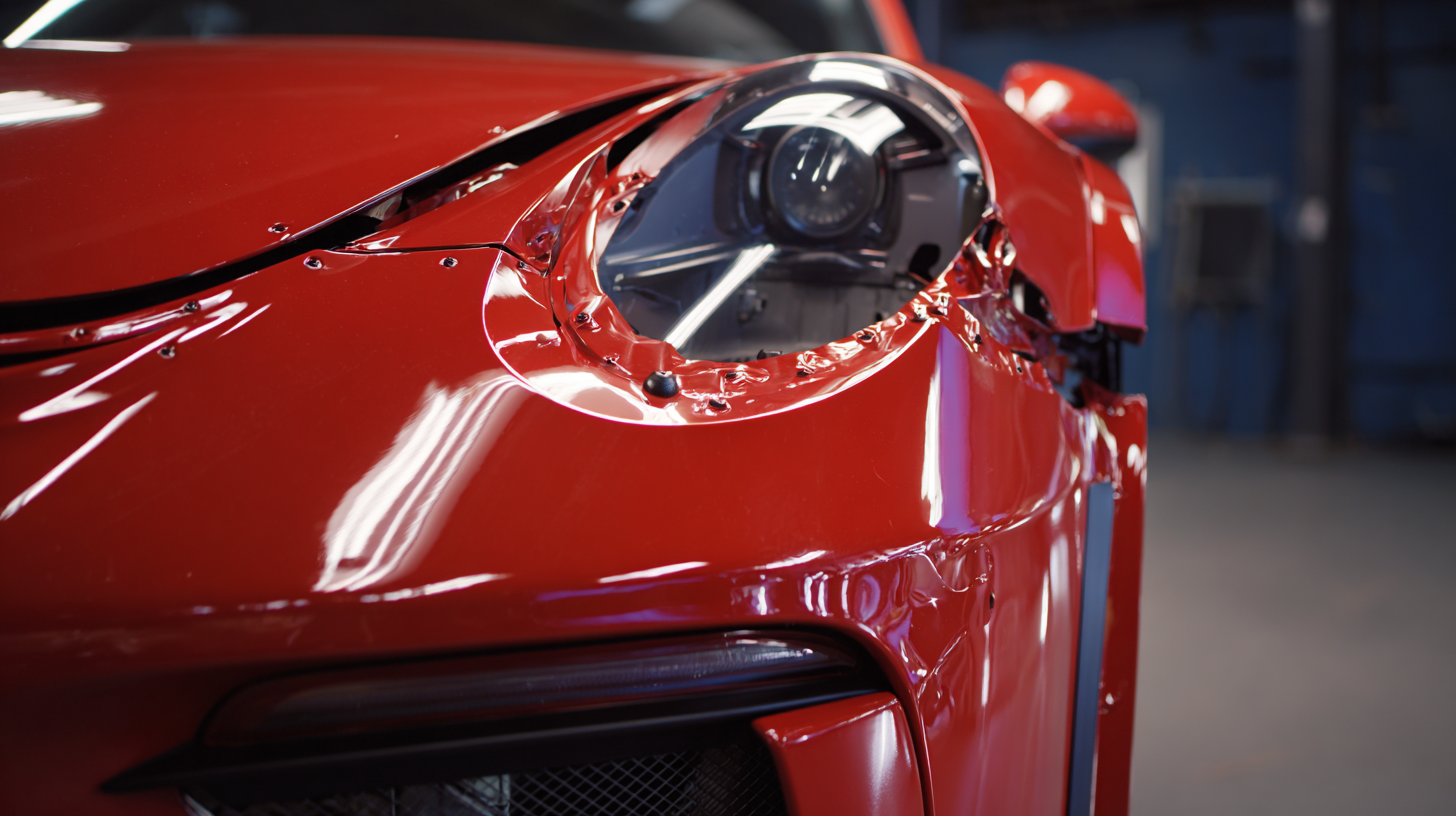
Crash-Test Data Analysis: Understanding Bumper Performance in Real-World Scenarios
When it comes to vehicle safety, the performance of a bumper during a crash can make a significant difference. Our analysis of crash-test data reveals essential insights into how different bumper designs and materials withstand real-world impacts. For instance, bumpers made with high-strength steel tend to excel in impact absorption, whereas plastic-composite bumpers might not provide the same level of protection. Understanding these differences can help consumers make informed choices when selecting a car.
Tips: When shopping for a vehicle, inquire about the bumper material and its crash-test ratings. Look for vehicles that have undergone rigorous safety testing, including those conducted by organizations like the IIHS or NHTSA. Additionally, consider asking about aftermarket bumper options that enhance performance while maintaining safety standards.
Real-world scenarios highlight that bumper performance can vary dramatically based on design. For example, models designed with crumple zones may offer better energy dispersion during collisions. Understanding these structural differences can be crucial in evaluating a vehicle's overall safety profile.
Tips: Always take advantage of safety reviews and crash-test reports available online when buying a car. Paying attention to consumer reports can also help you identify models with superior bumper performance, ensuring you choose a vehicle that protects you and your passengers in the event of an accident.
Bumper Performance and Durability Comparison
This chart illustrates the performance and durability of various bumper designs based on crash-test data. The comparison focuses on impact resistance and longevity under stress conditions.
Environmental Impact on Bumper Longevity: Weathering Tests and Their Findings
In the quest for durability and performance, one critical aspect often overlooked is the impact of environmental conditions on bumper longevity. Weathering tests are instrumental in revealing how different materials respond to the elements over time. These tests simulate the effects of UV exposure, moisture, extreme temperatures, and other environmental factors that automotive bumpers face daily. The results provide vital insights into which materials can withstand the rigors of weather while maintaining their aesthetic and functional qualities.
Recent findings indicate significant variations in how various bumper compositions handle environmental stressors. For instance, plastic bumpers may show signs of fading and cracking when subjected to prolonged UV exposure, whereas composite materials display enhanced resistance to weather-related deterioration. Moreover, the test results highlight the importance of protective coatings that can mitigate damage and prolong the lifespan of bumpers. As consumers become increasingly aware of these factors, manufacturers are pushed to innovate, prioritizing materials that not only perform well under ideal conditions but can also endure the unpredictability of nature.
Cost-Benefit Analysis: Assessing Value and Reliability in Bumper Marketing Claims
In the highly competitive automotive market, bumper manufacturers often make grand claims about the performance and durability of their products. However, purchasers must delve deeper than surface-level marketing to assess the true value and reliability of these bumpers. A comprehensive cost-benefit analysis allows potential buyers to weigh these claims against real-world testing and user reviews. Evaluating key factors such as materials used, impact resistance, and warranty offerings can provide insights into which products genuinely deliver on their promises.
Moreover, it is crucial to consider how marketing strategies can sometimes obscure the reality of durability. Brands may emphasize flashy features or aesthetic appeal, but these should not overshadow essential criteria like resilience and repairability. By critically analyzing bumper performance data and customer feedback, consumers can make informed decisions that align with their needs, ensuring that they receive a product that not only looks good but stands the test of time.

Related Posts
-
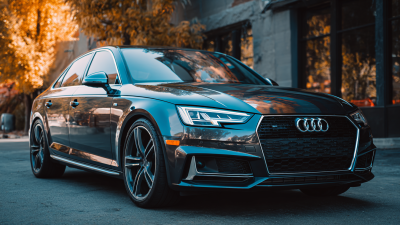
Exploring the Unique Features and Applications of the Best Audi Accessories with a Comprehensive How-To Guide
-
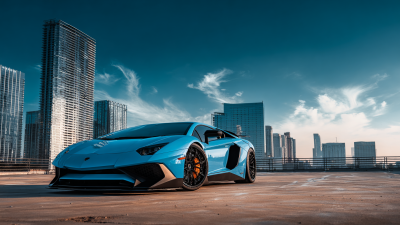
7 Amazing Reasons to Choose the Best Car Bodikit for Your Global Business
-
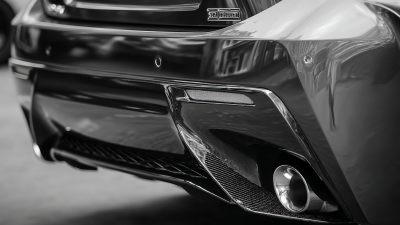
Top Innovations in Car Bumper Design: Examples that Define the Best
-

Ultimate Guide to Choosing the Perfect Car Bodikit for Your Vehicle
-
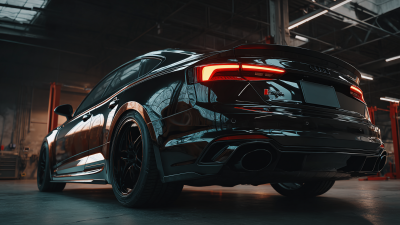
Unlocking Performance and Style: The Benefits of Upgrading to the Best Audi Rear Bumper
-
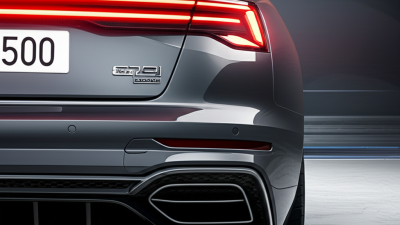
The Future of Automotive Enhancements: Innovating with the Best Audi Rear Bumper



